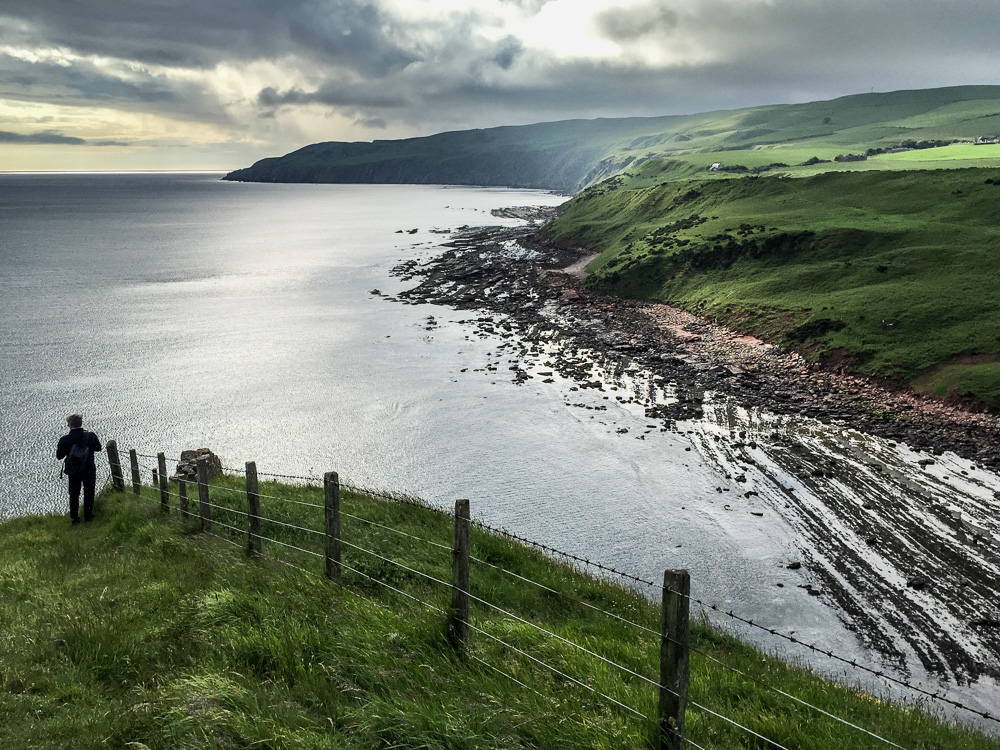archaeologist @ Stanford - [main website link]
Senior founding faculty of Stanford Archaeology Center, Michael is a Professor of Classics, a member of the Center for Design Research in Stanford's d.school, and teaches in the Programs in Writing and Rhetoric, Science Technology and Society, Urban Studies, as well as Classics and Archaeology.
Michael was a codirector of Stanford Humanities Lab (2005-2009 - exploring new treatments and initiatives in the Humanities), and Stanford Revs Program (2010-2015 - connecting automotive heritage with contemporary car design). He is also a member of the excavations of the Roman town of Binchester in the UK - Ptolemy's Vinovium.
Exploring the archaeological imagination
What is archaeology? Archaeology is what archaeologists do. This answer is not a tautology. It refers us to the practices of archaeology. And to the conditions under which archaeologists work - the institutions and infrastructures, the politics and pragmatics of getting archaeological work done.
If history is about understanding the past, archaeology is about what we do with what remains of the past in the present. Archaeologists work on what is left of the past. Archaeology is about relationships - between past and present, between archaeologist and traces and remains. Archaeology is a set of practices that connect past and present - working with what remains to translate, to turn them into something sensible - inventory, account, story, explanation, whatever.
Archaeology is a way of acting and thinking - about what is left of the past, about the temporality of remainder, about material and temporal processes like loss and decay to which people and their goods are subject, about the processes of order and entropy, of making, consuming and discarding at the heart of human experience.
"Archaeological Sensibility" and "Archaeological Imagination" are terms that summarize these mediating and transformative practices. Sensibility refers us to the perceptual components of how we engage with the remains of the past. Imagination refers us to the creative component - to the transforming work that is done with what is left over.
Archaeology - working with what remains - this means we are all archaeologists now.
Current projects
Research interests and expertise

